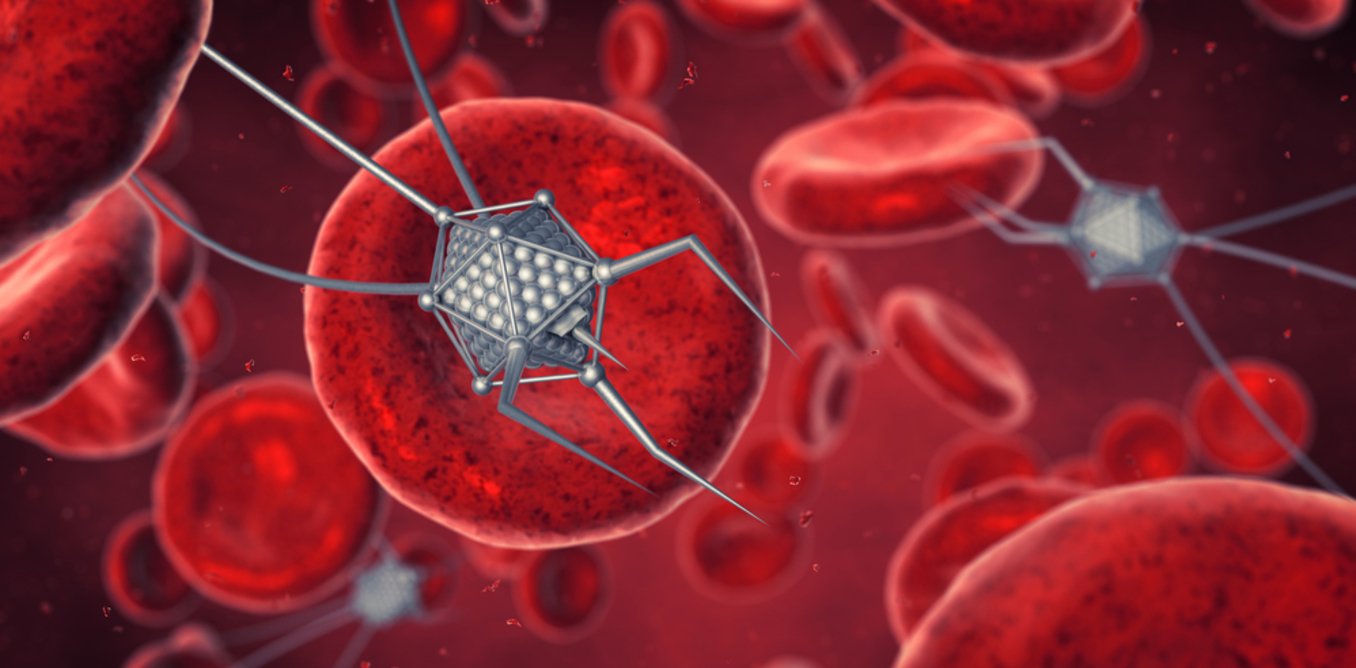
Image credit- phys.org
Oregon State University scientists have developed a nanomedicine platform for cancer that can help doctors know which tissue to cut out as well as kill any malignant cells that can't be surgically removed.
Nanoparticles tightly loaded with a dye compound are administered systemically. When they reach the tumor site, the tumor's intracellular environment effectively flips the switch on the compound's fluorescence. That enables detection by a near infrared imaging system that helps surgeons know in real time what needs to be removed.
The nanomedicine platform consists of silicon naphthalocyanine (SiNc) densely packed in biodegradable PEG-PCL nanoparticles. Because the SiNc is engineered to be non-fluorescent initially - until the tumor activates the fluorescence by loosening the packing - it doesn't cause any non-cancerous tissue to glow.
Any glowing areas that can't be cut out are given phototherapy, which causes the nanoparticles to heat up and kill the residual cancer cells.




